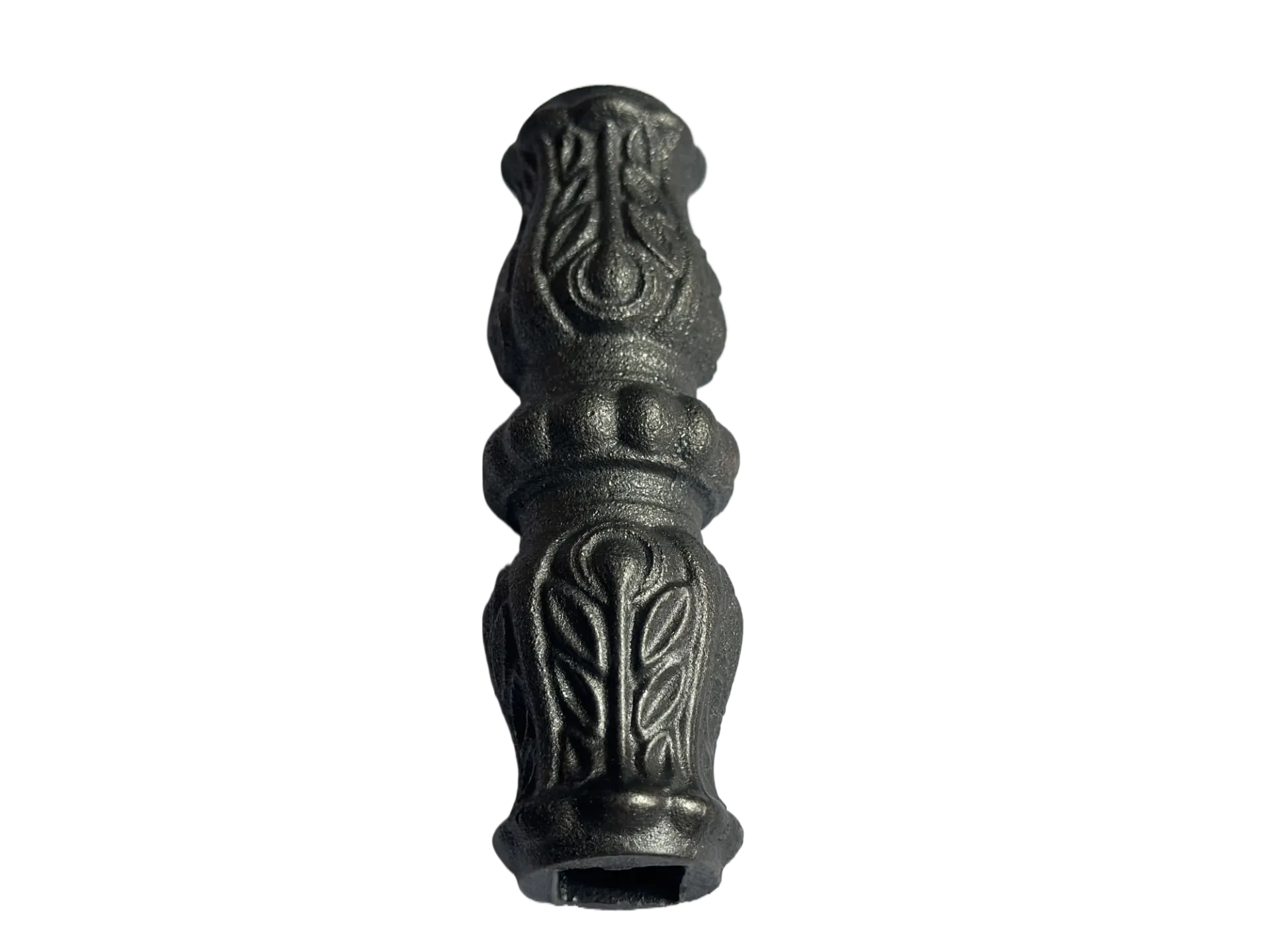wrought iron welding
Wrought Iron Welding Techniques, Benefits, and Applications
Wrought iron, renowned for its malleability, ductility, and resistance to corrosion, has been a cornerstone in the creation of strong and durable structures for centuries. Unlike cast iron, wrought iron is created by heating and hammering, which results in a material that is less brittle and more workable. Wrought iron welding is a specialized field that combines traditional techniques with modern technology to join wrought iron components effectively.
Understanding Wrought Iron
Wrought iron is composed primarily of iron with a very low carbon content, typically less than 0.08%. This unique composition gives it superior qualities compared to other ferrous metals. It is characterized by a fibrous structure, which distinguishes it from cast iron. The fibrous nature of wrought iron allows it to be easily manipulated, making it an ideal material for a variety of applications, such as ornamental gates, railings, and furniture.
Welding Techniques
Welding wrought iron involves several techniques that can optimize the material’s intrinsic characteristics. The most common methods include
1. Gas Welding This traditional technique uses a mixture of oxygen and acetylene to create a flame that melts the base metal and the filler material. Gas welding is particularly effective for thin sections of wrought iron, allowing for precise control in the welding process.
2. Arc Welding Utilizing an electric arc, this method involves melting the base metal and filler material using a welding rod. Arc welding provides deeper penetration, making it suitable for thicker sections of wrought iron. It can be performed in various ways, including Shielded Metal Arc Welding (SMAW) and Gas Metal Arc Welding (GMAW).
3. Forge Welding This age-old technique involves heating the wrought iron to its plastic state and then hammering the pieces together. Forge welding is often used for artistic and decorative applications, as it can create intricate designs and joins that are not achievable with modern welding methods.
Regardless of the technique used, proper pre-welding preparation is crucial. The surfaces to be welded must be clean and free from contaminants such as rust, oil, and dirt. Additionally, it’s essential to select an appropriate filler material that is compatible with wrought iron to ensure a strong and durable joint.
wrought iron welding

Benefits of Wrought Iron Welding
The advantages of welding wrought iron are manifold. First and foremost, welded wrought iron structures exhibit remarkable strength and resilience, ensuring longevity and stability in construction. Unlike mechanical fastening methods such as bolts and screws, welded joints offer a seamless and uninterrupted structure, enhancing aesthetic appeal.
Moreover, welding allows for greater design flexibility. Artists and architects can create custom pieces that capture unique visions and styles thanks to the versatility of wrought iron. The ability to manipulate wrought iron through welding techniques enables the crafting of everything from intricate railings to large-scale architectural elements.
Welding wrought iron also contributes to cost-effectiveness. While the initial cost of materials and labor might be higher than traditional building methods, the durability and maintenance-free nature of welded wrought iron components often lead to lower long-term upkeep costs.
Applications of Wrought Iron Welding
The versatility of welded wrought iron enables its application across various domains. In the realm of architecture, it is frequently used in the fabrication of staircases, gates, and balconies. Artistic creations, including sculptures and garden railings, benefit from the aesthetic qualities that wrought iron brings.
In industrial settings, welded wrought iron is favored for constructing robust frameworks, supports, and reinforcing structures due to its strength and resistance to deformation.
Additionally, the outdoor furniture industry has seen a surge in demand for welded wrought iron pieces, as they combine elegance with weather resistance, making them ideal for patios and gardens.
Conclusion
In summary, wrought iron welding is a vital craft that harmonizes tradition with modern techniques, offering numerous benefits in terms of strength, durability, and aesthetic flexibility. As the demand for wrought iron structures continues to grow in both artistic and functional settings, mastering the art of welding wrought iron becomes increasingly important. Whether for practical applications or ornate designs, the role of wrought iron welding remains indispensable in the world of metalworking.
-
Wrought Iron Components: Timeless Elegance and Structural StrengthNewsJul.28,2025
-
Window Hardware Essentials: Rollers, Handles, and Locking SolutionsNewsJul.28,2025
-
Small Agricultural Processing Machines: Corn Threshers, Cassava Chippers, Grain Peelers & Chaff CuttersNewsJul.28,2025
-
Sliding Rollers: Smooth, Silent, and Built to LastNewsJul.28,2025
-
Cast Iron Stoves: Timeless Heating with Modern EfficiencyNewsJul.28,2025
-
Cast Iron Pipe and Fitting: Durable, Fire-Resistant Solutions for Plumbing and DrainageNewsJul.28,2025
-
 Wrought Iron Components: Timeless Elegance and Structural StrengthJul-28-2025Wrought Iron Components: Timeless Elegance and Structural Strength
Wrought Iron Components: Timeless Elegance and Structural StrengthJul-28-2025Wrought Iron Components: Timeless Elegance and Structural Strength -
 Window Hardware Essentials: Rollers, Handles, and Locking SolutionsJul-28-2025Window Hardware Essentials: Rollers, Handles, and Locking Solutions
Window Hardware Essentials: Rollers, Handles, and Locking SolutionsJul-28-2025Window Hardware Essentials: Rollers, Handles, and Locking Solutions -
 Small Agricultural Processing Machines: Corn Threshers, Cassava Chippers, Grain Peelers & Chaff CuttersJul-28-2025Small Agricultural Processing Machines: Corn Threshers, Cassava Chippers, Grain Peelers & Chaff Cutters
Small Agricultural Processing Machines: Corn Threshers, Cassava Chippers, Grain Peelers & Chaff CuttersJul-28-2025Small Agricultural Processing Machines: Corn Threshers, Cassava Chippers, Grain Peelers & Chaff Cutters












